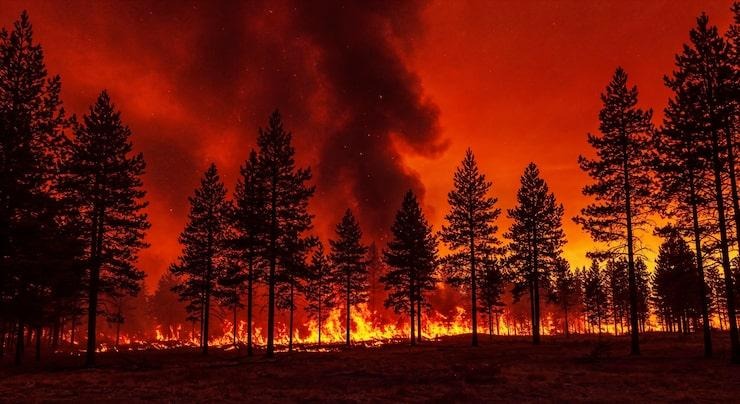Wildfires have become an increasingly frequent and destructive threat in many regions, leaving communities and property owners facing devastating losses. Determining the cause of a wildfire is often complex, but when corporate negligence is suspected, gathering the right evidence becomes crucial. Establishing accountability of corporations after wildfire incidents requires meticulous documentation and a clear understanding of the legal standards involved.
Understanding Corporate Liability in Wildfires
Corporations can be held liable for wildfires if their actions—or failure to act—directly contribute to the ignition or spread of a fire. Common examples include utility companies failing to maintain power lines, industrial operations that produce sparks, or companies improperly storing flammable materials. Liability claims often hinge on proving negligence or recklessness on the part of the corporation.
To succeed in a wildfire claim, evidence must show not only that the fire occurred but also that the corporation’s actions were a substantial factor in causing it. This typically involves multiple forms of documentation, expert testimony, and investigative reports.
Fire Incident Reports
The first critical piece of evidence is the official fire incident report from the local fire department or wildfire authority. These reports document the fire’s origin, timeline, and initial observations by responders. They may also include witness statements, photographs, and other relevant details that indicate whether human activity contributed to the fire.
Fire incident reports are particularly useful when they pinpoint the exact location where the fire started, which can help identify responsible parties and support claims of corporate negligence.
Maintenance and Safety Records
For corporations, especially utility and industrial companies, maintenance and safety records are essential. These records show whether the company followed industry standards and regulatory requirements. For example, utility companies are often required to inspect and maintain power lines and equipment regularly. Missing, incomplete, or falsified records can serve as strong evidence of negligence.
Safety audits, inspection logs, and internal memos can all demonstrate a company’s awareness—or lack thereof—of potential wildfire risks associated with their operations.
Expert Analysis
Expert testimony is a cornerstone of wildfire liability cases. Fire investigators, engineers, and environmental scientists can provide insights into how the fire started and whether the corporation’s practices contributed to the damage. Experts can also assess whether the corporation’s safety protocols were reasonable and sufficient to prevent the fire.
Expert reports can clarify technical details, such as electrical malfunctions, equipment failure, or improper storage of hazardous materials, that might be difficult for a layperson to interpret.
Witness Statements
Eyewitness accounts can corroborate other evidence and establish a timeline of events. Residents, employees, or contractors may have observed unsafe practices, unusual activity, or equipment failures before the fire started. These statements can strengthen a claim by providing context and linking corporate actions to the wildfire.
Visual and Physical Evidence
Photographs, videos, and physical remnants of the fire scene can be compelling evidence. Images of damaged property, burnt equipment, or poorly maintained infrastructure help illustrate the corporation’s potential role in the wildfire. Satellite imagery and drone footage can also be used to track the fire’s spread and origin.
Communication Records
Emails, text messages, and internal communications can reveal whether a corporation ignored known risks or failed to act on safety warnings. Evidence showing that executives or managers were aware of hazardous conditions but did not take appropriate measures can significantly bolster a claim of negligence.
Conclusion
Proving a corporation liable for wildfire damages requires thorough and organized evidence. Fire incident reports, maintenance records, expert testimony, witness statements, visual evidence, and internal communications all contribute to building a strong case. By carefully documenting these elements, property owners and affected communities can hold corporations accountable and seek compensation for their losses. Understanding the types of evidence necessary is the first step in pursuing claims that ensure justice and accountability of corporations after wildfire incidents.






